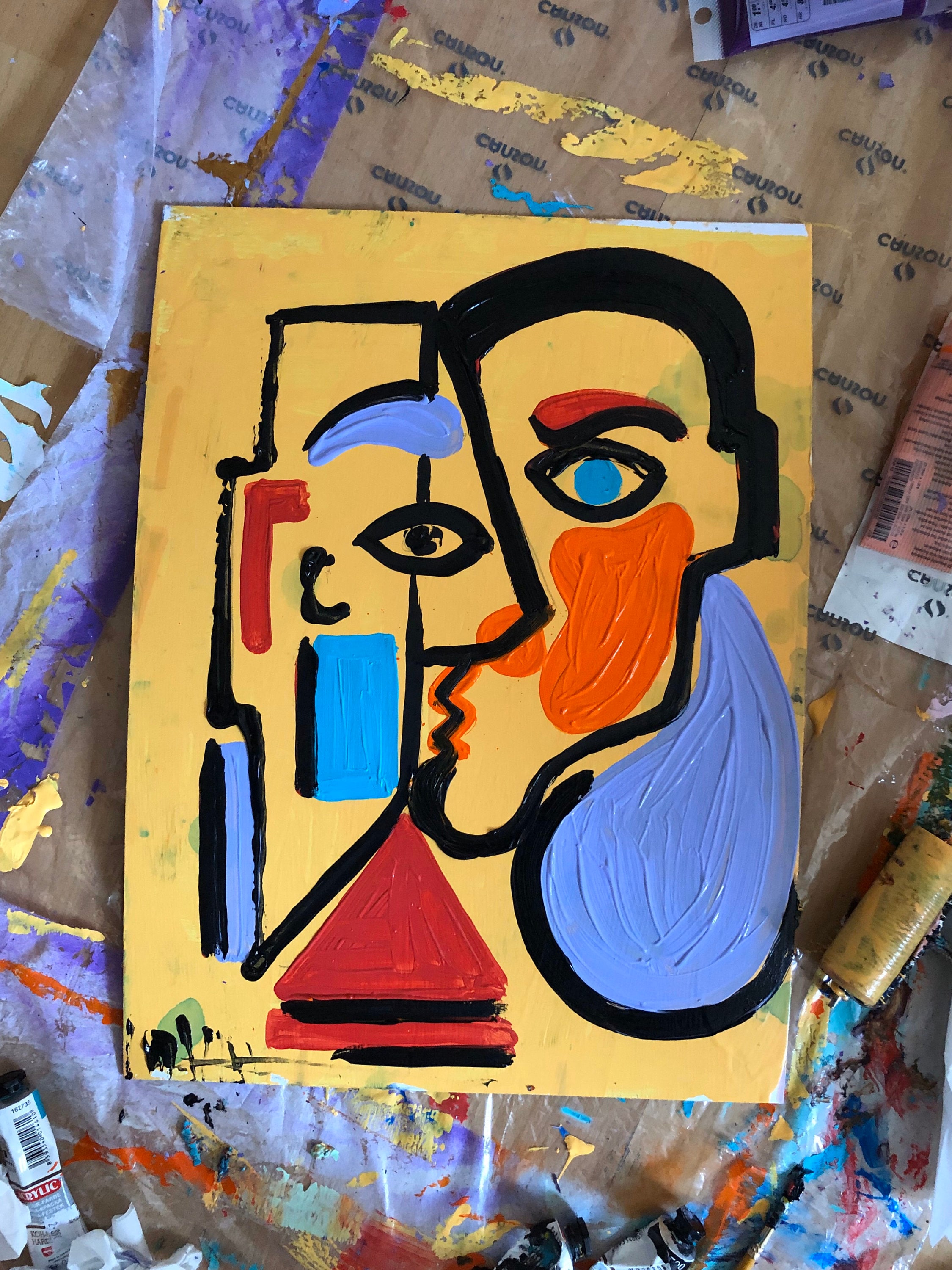
According to Cooper there was "Early Cubism", (from 1906 to 1908) when the movement was initially developed in the studios of Picasso and Braque the second phase being called "High Cubism", (from 1909 to 1914) during which time Juan Gris emerged as an important exponent (after 1911) and finally Cooper referred to "Late Cubism" (from 1914 to 1921) as the last phase of Cubism as a radical avant-garde movement. English art historian Douglas Cooper proposed another scheme, describing three phases of Cubism in his book, The Cubist Epoch. A second phase, Synthetic Cubism, remained vital until around 1919, when the Surrealist movement gained popularity. In one scheme, the first phase of Cubism, known as Analytic Cubism, a phrase coined by Juan Gris a posteriori, was both radical and influential as a short but highly significant art movement between 19 in France. Historians have divided the history of Cubism into phases. Other common threads between these disparate movements include the faceting or simplification of geometric forms, and the association of mechanization and modern life. Early Futurist paintings hold in common with Cubism the fusing of the past and the present, the representation of different views of the subject pictured at the same time or successively, also called multiple perspective, simultaneity or multiplicity, while Constructivism was influenced by Picasso's technique of constructing sculpture from separate elements. In France and other countries Futurism, Suprematism, Dada, Constructivism, Vorticism, De Stijl and Art Deco developed in response to Cubism. The impact of Cubism was far-reaching and wide-ranging. In France, offshoots of Cubism developed, including Orphism, abstract art and later Purism. A retrospective of Cézanne's paintings had been held at the Salon d'Automne of 1904, current works were displayed at the 19 Salon d'Automne, followed by two commemorative retrospectives after his death in 1907. One primary influence that led to Cubism was the representation of three-dimensional form in the late works of Paul Cézanne.


The movement was pioneered by Pablo Picasso and Georges Braque, and joined by Jean Metzinger, Albert Gleizes, Robert Delaunay, Henri Le Fauconnier, Juan Gris, and Fernand Léger.

The term is broadly used in association with a wide variety of art produced in Paris ( Montmartre and Montparnasse) or near Paris ( Puteaux) during the 1910s and throughout the 1920s. Cubism has been considered the most influential art movement of the 20th century. In Cubist artwork, objects are analyzed, broken up and reassembled in an abstracted form-instead of depicting objects from a single viewpoint, the artist depicts the subject from a multitude of viewpoints to represent the subject in a greater context. Pablo Picasso, 1910, Girl with a Mandolin (Fanny Tellier), oil on canvas, 100.3 × 73.6 cm, Museum of Modern Art, New YorkĬubism is an early-20th-century avant-garde art movement that revolutionized European painting and sculpture, and inspired related movements in music, literature and architecture.


 0 kommentar(er)
0 kommentar(er)
